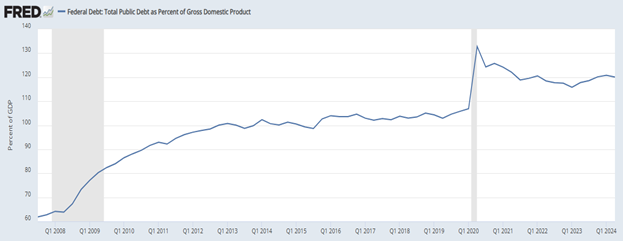The S&P 500 rallied 6.1 percent in May, though persistent tariff-related uncertainty continued to weigh on market sentiment. The primary driver behind the month’s gains was a temporary easing of trade tensions between the U.S. and China. Both countries agreed to a 90-day pause on reciprocal tariffs: China committed to reducing import duties on U.S. goods from 125 percent to 10 percent, while the U.S. lowered tariffs on Chinese imports from 145 percent to 30 percent – which includes a 20 percent levy tied to China’s production of fentanyl-related products.
However, market volatility resurfaced on May 23 when President Trump threatened a 25 percent tariff on Apple unless the company moved iPhone production to the U.S. That same day, he posted on social media recommending a flat 50 percent tariff on European Union imports starting June 1. Markets rebounded after Trump later announced a delay in the EU tariffs until July 9, following what he described as a “very nice call” with European Commission President Ursula von der Leyen.
Tensions flared again on May 30 when the President accused China, via social media, of “totally violating its agreement with us.” Further complicating the picture, the U.S. Court of International Trade ruled that the administration had exceeded its authority in imposing sweeping tariffs on nearly all foreign nations. An appeals court subsequently issued a temporary stay, allowing the tariffs to remain in effect for now.
